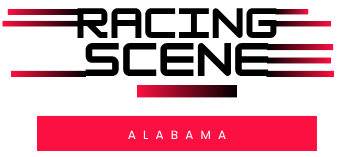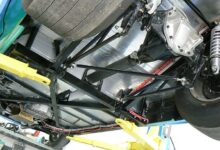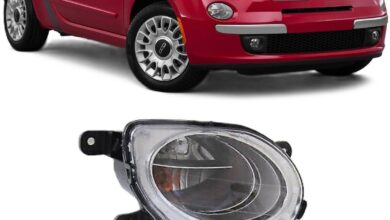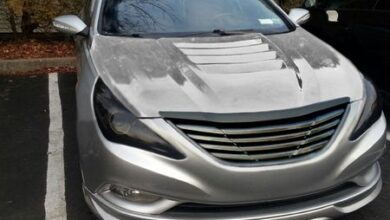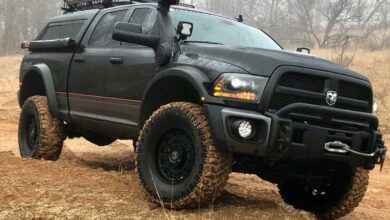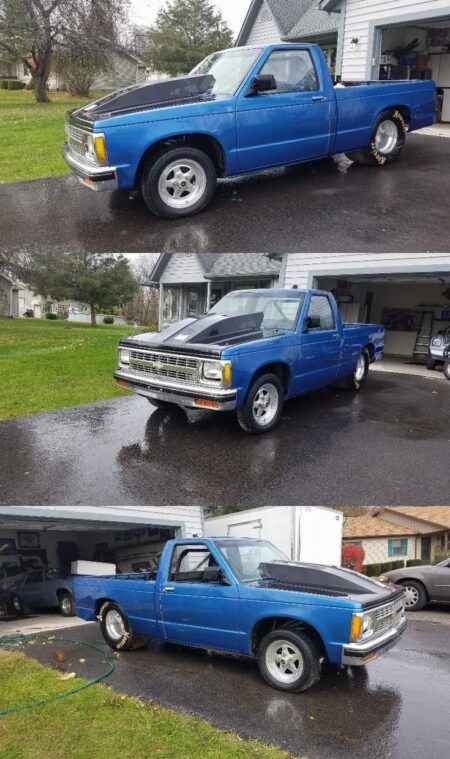
The Chevy S10, a compact pickup produced from 1982 to 2002, has carved a niche in the drag racing community as a versatile and affordable platform for enthusiasts. Its lightweight chassis, rear-wheel-drive layout, and robust aftermarket support make it a favorite for those seeking straight-line speed. Whether you’re a seasoned racer or a DIY tuner, upgrading your S10 for the dragstrip involves strategic modifications. Here’s a breakdown of essential parts and upgrades to transform your S10 into a track-ready beast.
Engine Upgrades: Heart of the Beast
The engine is the cornerstone of any drag racer. For the S10, options range from enhancing the factory 2.5L I4 or 4.3L V6 to swapping in a modern LS V8.
-
- Naturally Aspirated (NA) Builds: For stock engines, aftermarket camshafts (e.g., Comp Cams T1) improve valve timing, while ported cylinder heads and high-flow intake manifolds boost airflow. Upgraded fuel systems, including larger injectors and high-pressure pumps, ensure adequate fuel delivery. A free-flowing exhaust system with headers and a mandrel-bent tubing reduces backpressure.
-
- Forced Induction: Turbochargers or superchargers (e.g., Twin Screw blower kits) significantly increase power. Intercoolers and methanol injection systems manage heat, while standalone engine management systems (EMS) like Haltech or Motec tune fuel and ignition maps.
-
- Engine Swaps: The LS V8 swap (e.g., LS1, LS3, or LS7) is a game-changer. These engines offer massive power potential with minimal weight gain. Adapting the firewall and wiring harnesses requires expertise, but the results are worth it. Pair with a cam and forced induction for over 1,000 horsepower.
Transmission and Drivetrain: Handling the Power
A stock transmission won’t survive high horsepower. Upgrades include:
-
- Automatic: A 4L60E or 4L80E with upgraded clutches, bands, and gear sets. A locked converter (e.g., B&M or Jegs) reduces slip. Manual transmissions benefit from lightweight flywheels and performance clutch kits.
-
- Drivetrain: A heavy-duty driveshaft and U-joints handle torque. A limited-slip differential with gear ratios like 4.10:1 or 4.56:1 improves traction. Subframe connectors and rear crossmember braces stiffen the chassis.
Suspension and Traction: Launch Control
Optimizing weight transfer and traction is crucial. Key upgrades:
-
- Traction Bars and Control Arms: Traction bars (e.g., AFCO or Weld) minimize wheelhop. Adjustable upper and lower control arms improve rear axle alignment.
-
- Shocks and Springs: Coilovers or gas-charged shocks (e.g., Bilstein) provide better control. Slotted rotors and high-performance pads enhance braking.
-
- Weight Reduction: Removing non-essential parts (sound deadening, glass windows) and using lightweight materials (carbon fiber hoods) sheds pounds.
Aerodynamics and Electronics
While less critical than in other racing forms, aerodynamics still matter. A front spoiler reduces drag, and a rear wing adds downforce.
-
- Nitrous Oxide: A nitrous system (e.g., FuelTech or Nitrous Oxide Systems) injects additional fuel and oxygen, offering a 100–200 horsepower boost with minimal engine changes.
-
- Electronics: Launch control systems and programmable nitrous controllers optimize starts. Data loggers help analyze runs.
Safety First
As speeds increase, safety becomes paramount. A certified roll cage, racing seats, harnesses, and a fire suppression system are non-negotiable for serious racing.
The Chevy S10’s adaptability makes it a darling of drag racing. Whether you’re bolting on a cold-air intake or swapping in an LS V8, each upgrade brings you closer to that elusive quicker ET. Remember, balance is key—pair engine power with traction and safety. With the right parts and tuning, your S10 can dominate the strip, proving that even an old pickup can become a modern drag warrior.
